BACTERIOPHAGE- the virus that kills bacteria : Its use in treatment of drug resistant bacterial infection
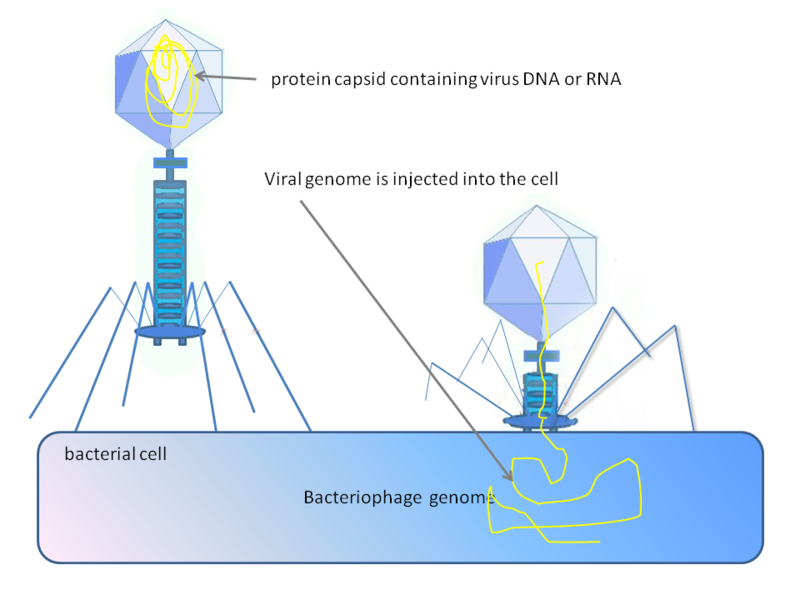
Greetings steeemians!
Hope your week was great. In a quest to fulfilling my promise of keeping you apprised of latest trends, I present to you 'bacteriophage' the virus that buldozes bacteria. I believe you will find this interesting to read. Feel relaxed as I take you through the world of bacteriophage, the bacteria bulldozer. You have a lot to learn here, welcome!

Introduction
To start with, I think I have to make this topic as simple as possible, so let's start with some basic definition of terms, this will enable us flow along easily, yeah that's right
Definitions of useful terms
Parasite: A parasite is an organism that is entirely dependent on another organism referred to as 'host', for all or part of its life cylce and food requirement.
Host: This is defined as an organism which harbours or houses a parasite and provides nourishment and shelter to it.
Receptor: site of attachment for other organism on the bacteria (though receptors are not restricted to bacteria)
Cell wall: The outer most covering of the bacteria cell
Antibiotics They are drugs used in the treatment of bacterial infections. E.g ciprofloxacin, vincomycin etc
Bacteria: This is a single celled or unicellular microscopic organism (by microscopic I mean those organism you cannot see with your naked eyes except with the use of a microscope). These bacteria have the ability to cause diesease in man and animals. please note that, bacteria is the plural of bacterium, meaning that bacterium is a singular term.
Virus: This is an obligate intracellular parasite, meaning that they cannot multiply unless they invade a specific host cell. By the word obligate, it simply also means they must enter into a host for them to be able to reproduce through replication or division to produce more viruses.
Antibody: Antibody are proteins that play a role in protection of humans against invading foreign substances into the body, they are usually produced in response to a foreign protein (antigen) that has the ability to elicit an immune reaction.
Good, now we have laid a foundation, further explanations will be much easier.

Baceteriophage (also known as Phage)
Bacteriophages are group of complex virus that parasitize bacteria. You can as well call them 'bacteria eater'. I will be using phage and bacteriophage interchangeably in this article, please don't get confused they mean the same thing.
They are viruses that infect and replicate (divide) inside a bacterium. They can be found everywhere their bacterial host are present. Simply put it this way, they are virus that eat bacteria. They are highly specific in action and each bacteriophage has it's own preferred bacterial cell it attacks. Let's now quickly look at the morphology and structure of this virus.
Morphology of a phage
Bacteriophage is basically divided into a head and a tail. The head is made up of capsid or shell that surrounds the nucleic acids which is either DNA or RNA but not both. It injects this nucleic acid when it attacks bacteria.
The tail is made up of a collar which connects the head to concentric contractile sheath. This sheath usually condenses and reduces in size when the virus (phage) is injecting it's DNA content into the bacteria, tail fiber ,tail pins or spikes and base plates which in combination help the phage to perforate, penetrate and finally attach to the the bacteria. I guess this explanation was a fair enough, right? View the picture for better understanding.

Why study bacteriophage, how does their existence concern us?
Bacteriophages are basically everywhere and it is estimated that there are over ten bacteriophages on the planet and they are more numerous than all other microorganisms on the earth 🌍, this makes them ubiquitous.
brief history
The advent of bacteriphages came into lime light💡 when Ernest hanburi in 1896 gave a report about an incidence that occurred in the the waters of Ganges and Yamuna rivers in India. He reported that there was something in these rivers that had the ability of killing a bacteria I.e the river had antibacterial actions. He also reported that these substance were so tiny that they could pass through a very fine filter .It didn't stop here, these were just mere hypothesis (statements that have not been universally accepted to be called a theory).
Later in 1915, a Genius by name Fredrick Twort was able to discover that a small organism infected and killed a bacteria cell. He stated that the reason for the bacteriocidal action could be due to one of the following reasons
• probably due to a stage in the life cycle of the bacteria
• an enzyme produced by the bacteria themselves
• a virus that grew on and destroyed the bacteria source
little did he know that it was due to the third reason. Unfortunately for this man, his work was impeded by world war1 and secondly because of lack of funds, he could no longer continue with his research.
After two years, Felix d'Herelle discovered that an invisible microbe (a microbe parasitic on bacteria) cleared dysentery, to back up his claim he also gave an account of a man who was cured from dysentery by these organisms. He later called this virus a bacetriophage or bacteria eater.
After further research, he later introduced the treatment of bacterial infection with bacteriophages. His work opened another chapter to the treatment of bacterial infections using these viruses. Currently, advances have been made in the use of phages as antibiotics.
D'herelle was only able to state that these viruses killed bacterial but was unable to describe the mechanism. Three men by name Max Delbruck, Alfred Hershey and Salvador Luria later came up with the mechanism through which these bacteriophages kill a bacterial cell

How bacteriophage kill a bacteria cell(mechanism of action)
At this point I will like you to bear in mind that these bacteriophages are specific for every bacteria cell they attack, this has helped to classify them. Phages basically undergo lysogenic and lytic cycle. Those that undergo the lytic cycle are called - the Lytic phages e.g the T4 phage
which is specific for the bacteria E. coli those that undergo lysogenic cycle are called the lysogenic phages also known as temperate phages e. g the Lambda phage. Temperate phages are the only ones that have the ability of undergoing both the lysogenic and lytic cycle. The one mostly used for phage therapy is the lytic phages because of their ability to lyse or rupture the bacterial cell and in this process killing the bacteria cell. Let's now critically look at how these phages operate.
When a bacteriopahage lands on a bacterial cell of its choice, it first of all
Adsorption or attachment: it attaches itself to the bacteria using it's tail components such as the tail fibres which fix the base plates to the specific receptors site on the bacteria cell wall.
This attachment process is necessary for the virus, so that they won't be swept off the bacteria by any physical factor such as water current or any fluid.
DNA injection💉: after it has successfully adsorbed to the bacteria, the tail sheath which is hollow then contracts like a syringe and thus pushes the inner tube into the bacteria cell wall and in the process forces the DNA that is inside the bacteriophage into the bacteria. After this process, the Capsid or the protein coat remains attached to the bacteria and does doesn't fall off, this helps to identify a bacteria that has been infected with a bacteriophage.
Viral protein and nucleic acid synthesis: Now they have entered the bacteria, the next question that goes through your mind is what will they now do? This bacteriophage will halt all the activities of the bacteria thus preventing it from carrying out its normal activities and in the process uses the bacteria's biosynthetic machinery to produce it's own viral enzymes, proteins and nucleic acids. This viral protein, enzymes and nucleic acids are needed for replication and production of new viral genomes and particles by the virus. After production of these proteins and nucleic acids, the next stage is assembly.
Viron assembly: The produced phage particles are packaged and assembled to form a new bacteriophage. The phages are so many that the bacterial cell cannot contain all of them, this leads to lysis (rupture or bursting) of the bacteria cell.
Lysis and release of phage: this is the final stage of the phage replication cycle, once the bacteria cell ruptures, it releases hundreds of new bacteriophage into the external environment. These new phages now cirlculate around looking for another bacteria cell they will attack. Once they find one, they invade and the cycle begins again.
This is how it reproduces, hope you now understand why they are called obligate intracellular parasites.

Importance of bacteriohages
Since the discovery of these phages they have been used to study bacterial and their control in the laboratory. One of the reason for this was because the bacteria cell were easily grown and infected with phage in the laboratory. Phages were also used in an attempt to destroy bacteria that causes diseases, these approach was later was stopped because of the introduction of antibiotics (drugs used to cure or treat bacterial infection).
Funny enough, these bacteria are now becoming resistant to treatment with antibiotics (drug resistant), now the need to revisit the use of phages.

Advantages of phage therapy (treatment with phage)
The use of phage in treatment of bacteria has so many advantages, they include the following
1. Phages are very specific and selective in action, they do not harm the important bacteria in us. There are bacteria in humans that are not harmful, some play protective role in the body, in fact they are very important to humans and without them, things might go wrong, some are found in the vagina, on the skin, anus etc you can as well call them normal flora. As a result of this, there are no side effect like diarrhoea or secondary infections such as those that occur in treatment with antibiotics.
2. Their production is very cheap when compared to the cost of production of antibiotics.
3. These phages can be easily transferred between people for treatment of similar infection by bacteria.
4. It requires only single dose and does the job of replicating and killing any bacteria it finds. This simply means that you don't need those plenty of drugs just to treat bacteria infection.
5. they are harmless to human beings and a very good treatment for bacteria infection that are life threatening.
6. They can clear and destroy the toughest and most difficult bacteria infection, they can clear biofilm (a bacteria aggregate that is difficult to clear with antibiotics.
7. Bacteria that have become resistant to a certain type of phage will continue to be destroyed by other types of phage. This means that the bacteria can never survive no matter how it camouflage itself or tries to escape the clutches of phages, it must definitely be killed.
8. They are easily discovered and when they are used in treatment, there is less chance of drug resistance development by the bacteria.
9. Phages are generally non toxic to human and they are generally found everywhere
10. They can be genetically modified to acquire a desired characterstic that suits medical need.
11. when they are injected, they only multiply at that particular site of infection until there are no more bacteria.
12. They have high therapeutic index ( this simply means that phage therapy would give less side effects)
Phages are currently being used therapeutically to treat bacterial infections that do not respond to conventional antibiotics, particularly in Russia and Georgiasource
Despite the enormous advantages in the the use of phage for treatment bacterial infections, there are still some disadvantages associated with its use.

Disadvantages of phage therapy (treatment with bacteriophage)
1. These bacteria are not so foolish as to just allow an intruder into their system, they have a type of immune system that destroys the DNA of some penetrating phages. Only the suitable phages can conquer this immune system. This simply means that the efficacy of the phage must be tested in the lab before it is used in treatment.Infections that are hidden in deeper tissues of human may be inaccessible to this phages, this means that with phage treatment, disease affecting our inner organs may not be treated with them.
When these phages are injected into the blood stream they are recognized by our immune system. Some of them are excreted while after some time antibodies are produced against them. Because of this, only one type of phage can be used once for intravenous treatment.source
Their shelf life differs, hence the need to test and monitor them.
It is much more difficult to inject or administer this phage than administering antibiotics. It requires special skill and training in order to inject patients and also prescribe it.
Since they are narrow in action, they cannot kill wide variety of organisms such as bacteria. Not all phages are good for therapeutic usage, therefore there is need for critical identification of the specific ones of importance.

How safe is phage therapy
Since these phages have the ability to self replicate in the bacteria, they as well have the ability to evolve or transform into another type that may have deleterious effect on humans, this is one of the reasons why treatment with phages have not been well accepted around the world. Generally, bacteria release endotoxins when they are destroyed within our body, this endotoxins can cause symptoms of fever and toxic shock
Quick summary
Bacteriophages also known as phages are viruses that infect and kill bacteria, their protein coated head remains attached to the bacteria they attack and this is one way you can identify the bacteria that has been infected with a phage. They are basically used in the treatment of bacteria infections and also in the treatment of drug resistant bacterial infections.
conclusion
Taking advantage of the specificity of these bacteriophages in the treatment of bacterial infections, the problem of a bacterial cell been resistant to antibiotics will be solved.
Bacteriophages are of no doubt viruses of high potential diagnostic importance.

References and further reading
√ Wikipedia phage therapy
√ thomashausler-the advantages &disadvantages of phage therapy
√ pros and cons of phage therapy.
√ Encyclopedia
√ learning from bacteriophages, advantage and disadvantages
√ nature-defintion of bacteriophage
√Dr. Mrs Maduakor lecture handout on "Bacteriophages and medical importance "
√Jewel, Melnick & adelbergds Medical microbiology 23rd Edition by Geo. F. Brooks, Janet S. Butel and Stephen A. Morse

Follow @cyprianj for More updates on trends in medical, science and nature
If you write STEM (Science, Technology, Engineering and Mathematics) related post, consider joining #steemSTEM and on discord here. If you are from Nigeria, consider adding #stemng tag in your post. For more details on how to be a member and to also know how to use images that are free of copywrite issues, visit @steemstem

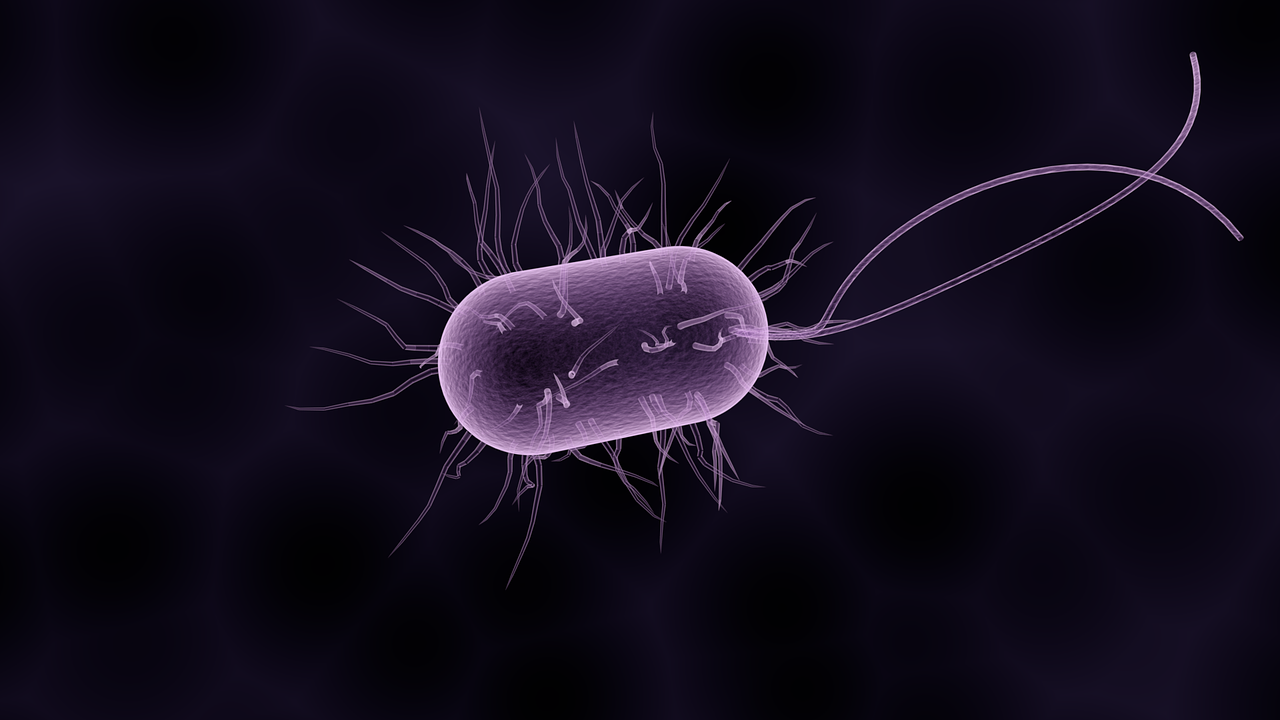
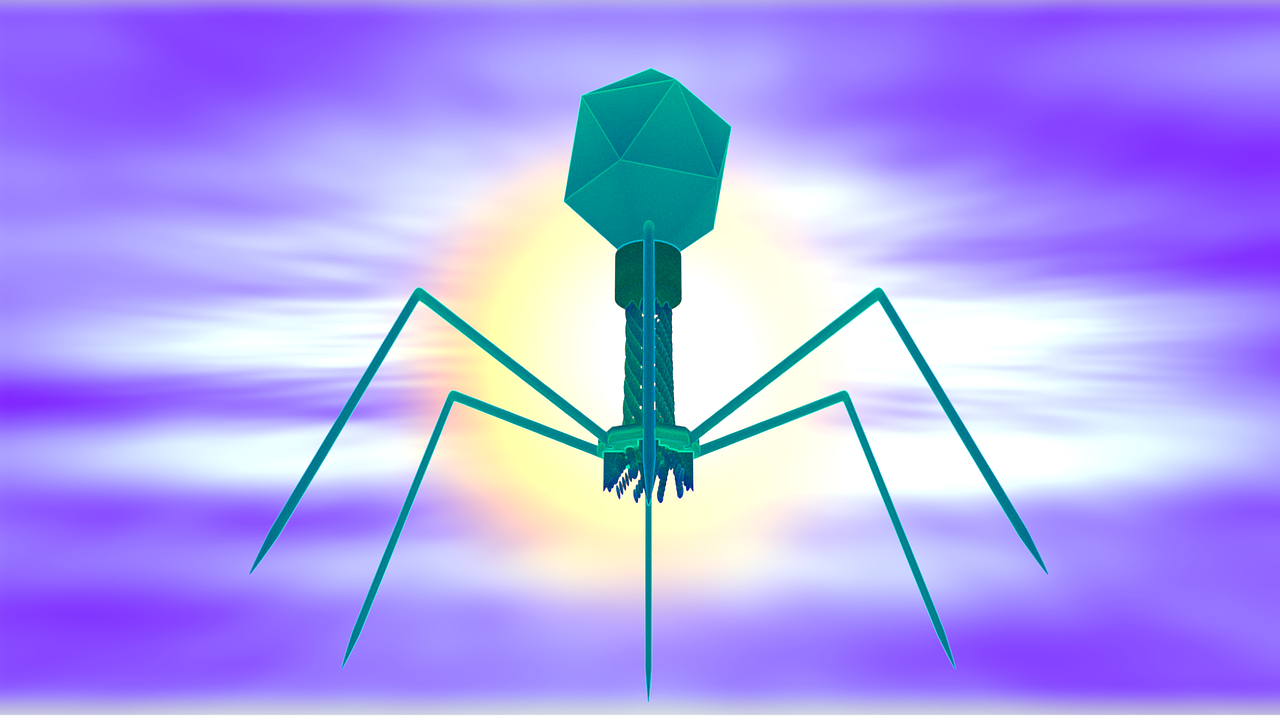
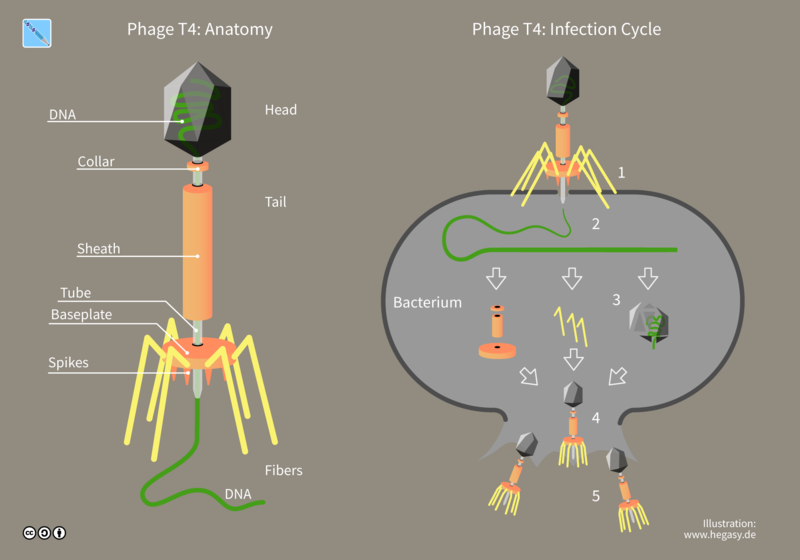
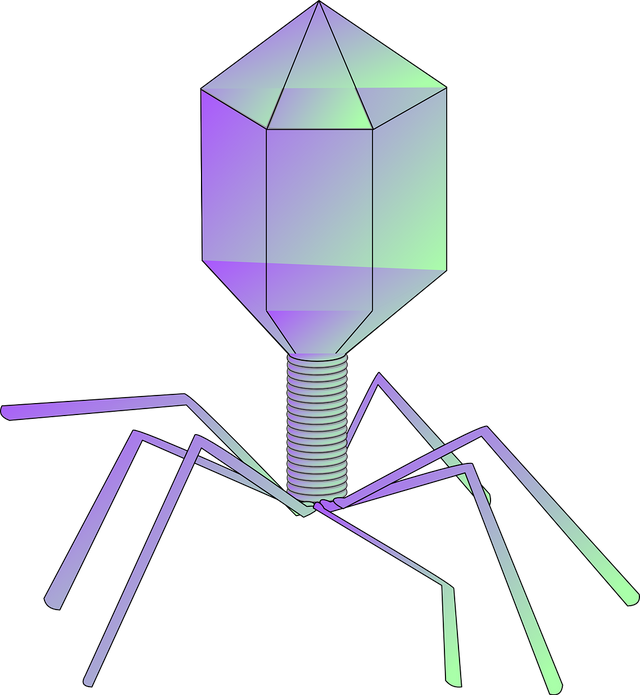
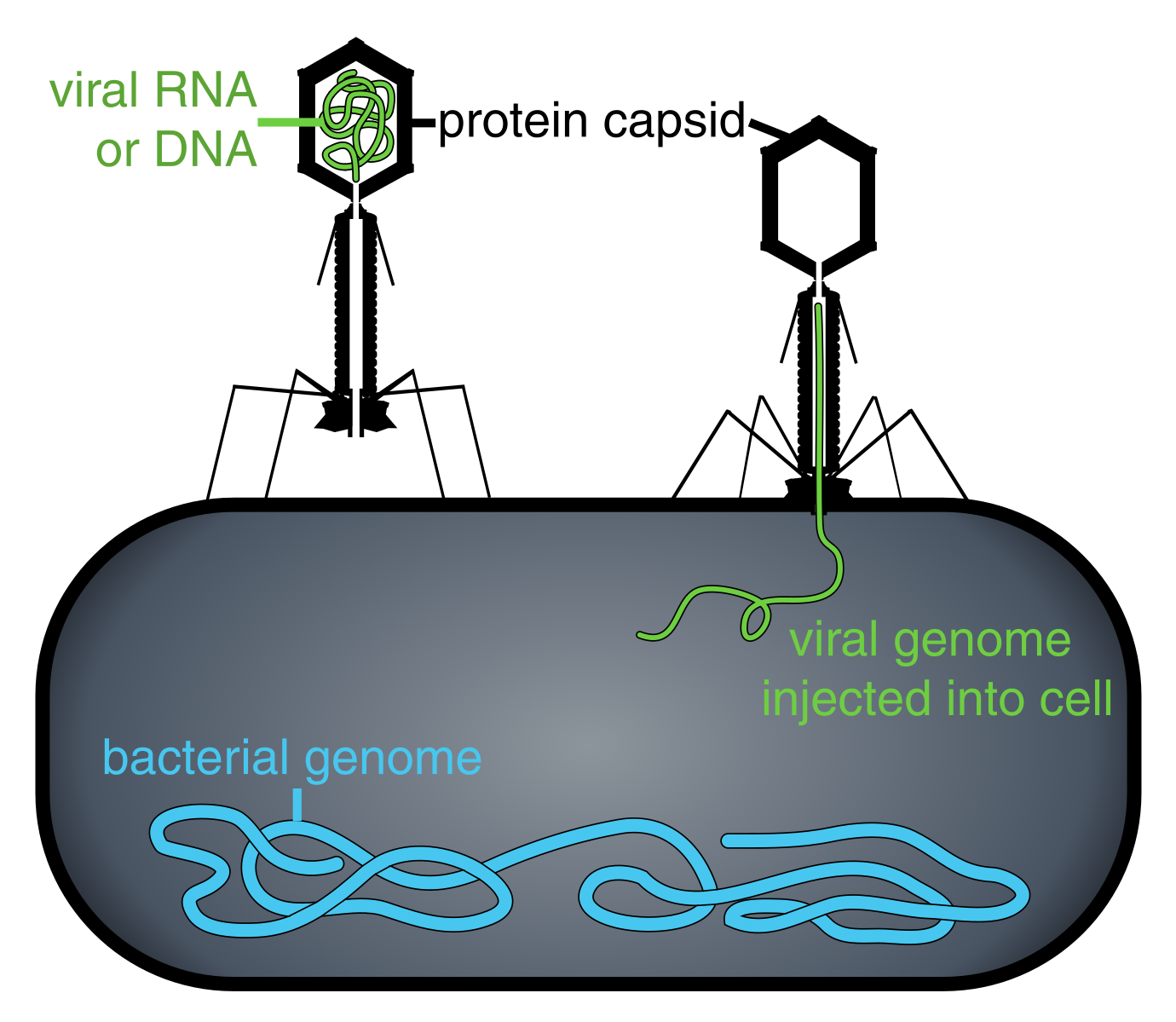
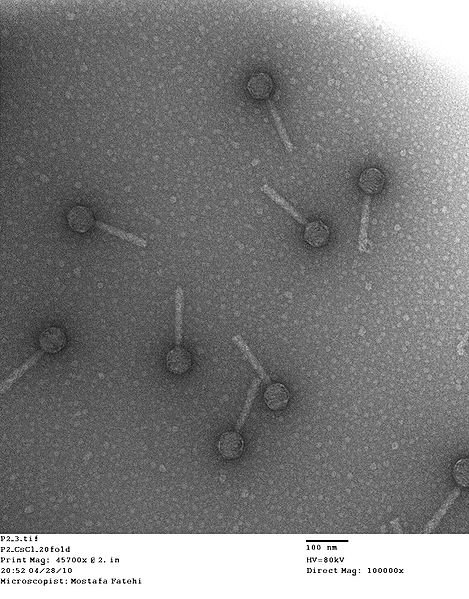



you must be a first class student in medical department i guess😎😎😎.
keep the good work up bro
Thanks boss
na you be boss niii
Hurray... Finally reached the end of bacteriophage. You did a good job.
@antigenx
Thanks bro..... I appreciate
Pheww!!! Not a short read but interesting. Great job..
Thanks!
Great write up @cyprianj...
Please can I get your WhatsApp number or telegram Id..
Hook me up on discord tru that link 👆
Good
Is it weird that I only poop once a week?